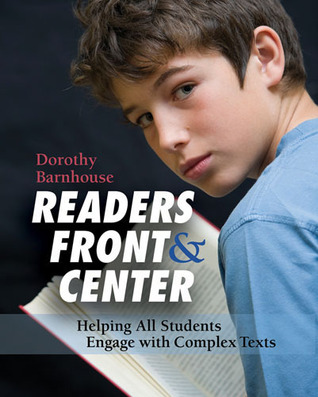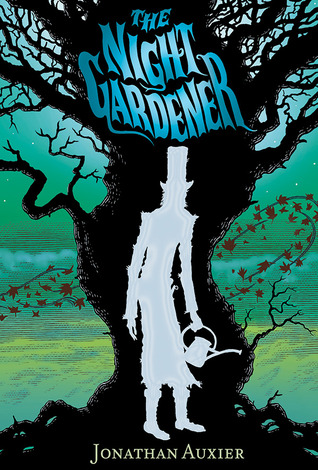One of the jobs on Mom's to-do list for me last week was to hem a couple of pairs of pants for her.
I should back up to say that my mom was a Master Seamstress in her day, trained under the iron rule of her mother, who was a Home-Ec teacher. (Raise your hand if you even know what Home-Ec is...yeah, I thought so...) When Mom started to teach me to sew, we nearly came to blows. She is a perfectionist. I am a generalist. But she cared enough that I learn to sew that she bought me sewing lessons from a teacher who was a little less like her and a little more like me. I became a functional seamstress.
Teaching Lesson #1 -- If you are not the right teacher for a student, have the humility to find the teacher who can best teach that learner.
After we got the pants measured and pinned, I went to work. I wanted to do a really good job. I wanted to make Mom proud that I'm at least a functional seamstress, and maybe just a little better than that. But I was having problems. The legs of the pants were tapered at the bottom, so the hemming was turning out bunchy. Since I wanted to do a really good job, I asked for help.
Learning Lesson #1 -- If it's not turning out the way you want it to, have the humility to ask for help.
I didn't even have the question out of my mouth before Mom knew what the problem was: the tapering. She came and showed me that if I switched the pins from horizontal to the hem to perpendicular to the hem my work would lay flatter. Then she confirmed my suspicion that it would help to take bigger stitches. Then she left me to it.
Teaching Lesson #2 -- Give just enough help to get the learning going again and then get out of the way.
Hemming the second pair of pants when smoothly. I didn't have to cut any off, the fabric was more considerate, and I was back in the groove of hand-hemming. My stitches were quick and even.
Learning Lesson #2 -- Just because one task is frustrating doesn't mean that every task like that is going to be frustrating. Don't give up. Persevere when things get hard...but also remember to enjoy the feeling when things go smoothly.
Teaching and learning...and hemming pants. Good stuff.











